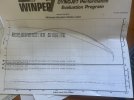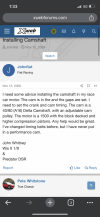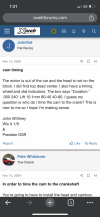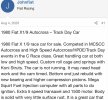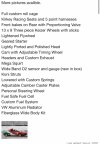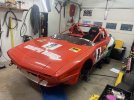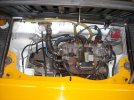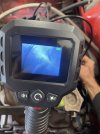Beauadams24
Low Mileage
Hello everyone. Getting this new to me X prepped for the 2024 season in the Southeast. I run with NASA but my Boxster LS swap project has taken a backseat so I can tinker with the FIAT. You might recognize the car as it was passed through a few Xweb members hands and ended up at Midwest Bayless for a while. I don't think Brayden was able to spend much time with the car before they sold it to a friend of mine who i acquired it from. I'm in constant contact with them but I wanted to post this up here for a discussion topic and give their burning ears a relief from my voice.
I added some photos of the details I was able to source about the build of the car. Note the megasquirt was removed for a stock intake manifold and a single 40DCNF. I'm looking for a few things from YOU; Does this dyno sheet look appropriate for the build of the engine? If not, what do you think may be wrong and where would you start? I almost wondered if the horsepower curve was mirrored BACKWARDS it looks so strange.
And in general I'd love to hear any words or wisdom you have for a racecar X owner while I wait for a rebuilt transmission to arrive.
Thanks!
Beau Adams
I added some photos of the details I was able to source about the build of the car. Note the megasquirt was removed for a stock intake manifold and a single 40DCNF. I'm looking for a few things from YOU; Does this dyno sheet look appropriate for the build of the engine? If not, what do you think may be wrong and where would you start? I almost wondered if the horsepower curve was mirrored BACKWARDS it looks so strange.
And in general I'd love to hear any words or wisdom you have for a racecar X owner while I wait for a rebuilt transmission to arrive.
Thanks!
Beau Adams

